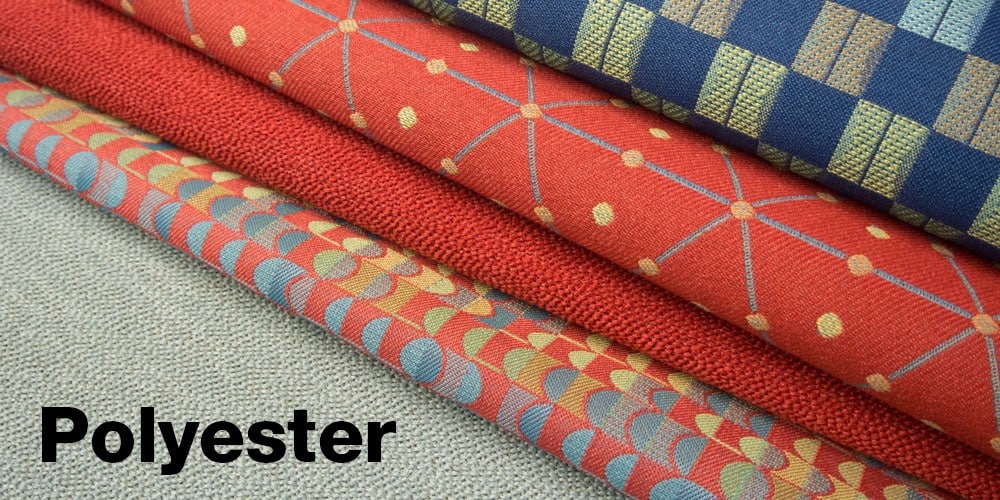1,4K
Come è fatto il poliestere può essere interessante se ci si occupa di microfibre e chimica. Ma anche se volete semplicemente evitare il petrolio, queste informazioni possono aiutarvi.
Di cosa è fatto il poliestere? Cose da sapere sulla fibra sintetica
Il poliestere è composto da PET, acronimo di polietilene tereftalato, un prodotto chimico che è una fibra sintetica ricavata da varie fonti di carbonio, come carbone, petrolio o gas naturale. Il PET viene utilizzato per le bottiglie di plastica, ma anche per l’abbigliamento.
- Il poliestere, conosciuto fin dagli anni ’40, viene fuso sotto forma di granuli di poliestere e poi filato in fili con il processo di filatura per fusione. I fili di poliestere possono poi essere utilizzati, ad esempio, per realizzare braccialetti o capi di abbigliamento.
- Nel processo, la massa fusa viene alimentata attraverso una centrifuga in un pozzo con aria fredda. Lì la plastica, riscaldata a 280 gradi, viene formata a forma di filo e solidificata.
- Durante la produzione, è già possibile determinare la lucentezza, l’impugnatura e la finezza della fibra. Il prodotto finale è adatto a diversi capi di abbigliamento e può essere facilmente tinto. Viene spesso utilizzato per l’abbigliamento sportivo.

